8 color pad printer for sale
Product:8 color pad printer for sale
Model:DX-SM8S
Brand:DSTAR
Condition:all new
Pad printing plate:100*200mm
Ink scraping:open ink well
Sliding shuttle:servo motor
Printing speed:about 200-250 pcs/hr(8 color)
N.W:300KGS
Machine size:L153*W96*H150cm
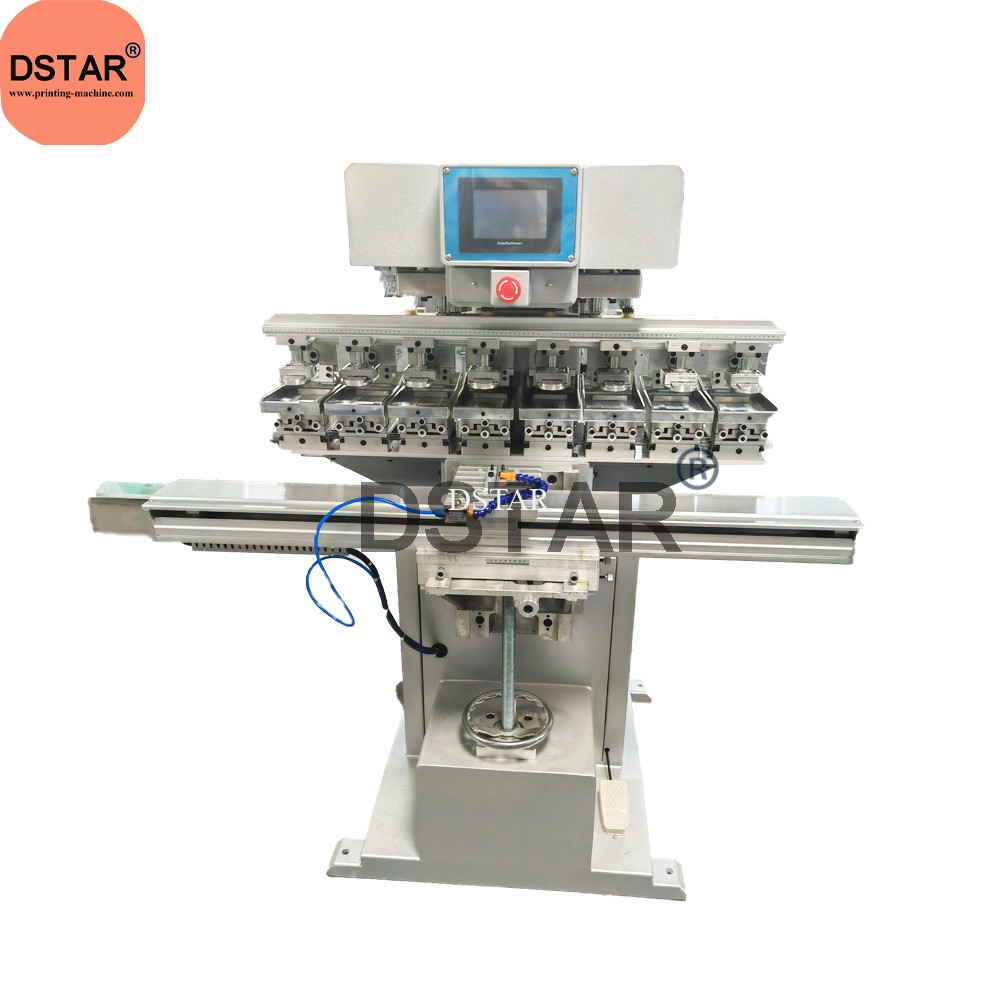
What’s pad printer?
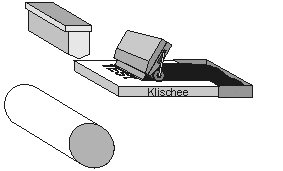
Pad printing technology become increasingly sophisticated over the years, ,with some pad printing machines able to perform multiple functions which previously required several units.For all these exciting technological advances, increasing the capacity of pad printing and making it more and more accessible to businesses large and small, the essential process is pretty straightforward:The artwork for the print/pattern/logo is etched onto a base plate. This is an essential part of the process: only with a high quality cliché will you get a high quality print. Clichés can be created using a range of techniques, from photo-etching to laser cutting.The etched area of the cliché is filled with ink.Any residue/excess ink on the surface is removed with a closed ink cup.A flexible silicone pad is pressed onto the base plate.The inked artwork transfers onto the pad.The pad is pressed onto the material to be printed on.The beauty of pad printing is that the flexibility of the pad enables it to contour round even the most irregular of surfaces and still leave a crisp, detailed printed images.
Printing consumables for pad printer
- Pad printing plate(cliche)
- Silicone pad
- Ink cup or ink blade
- Pad printing ink and ink solvent
- Fixture for workpiece
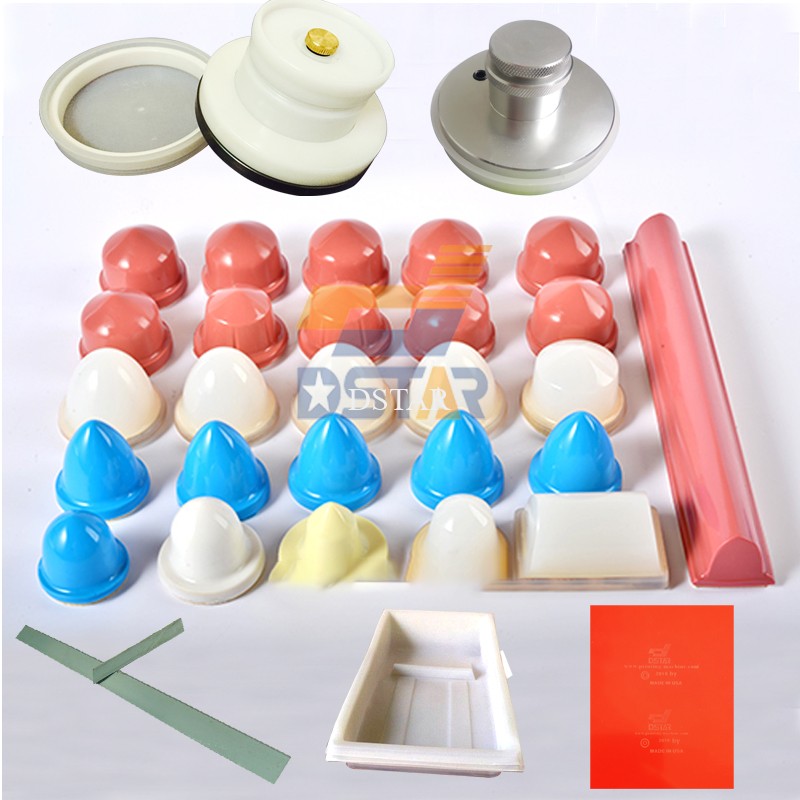
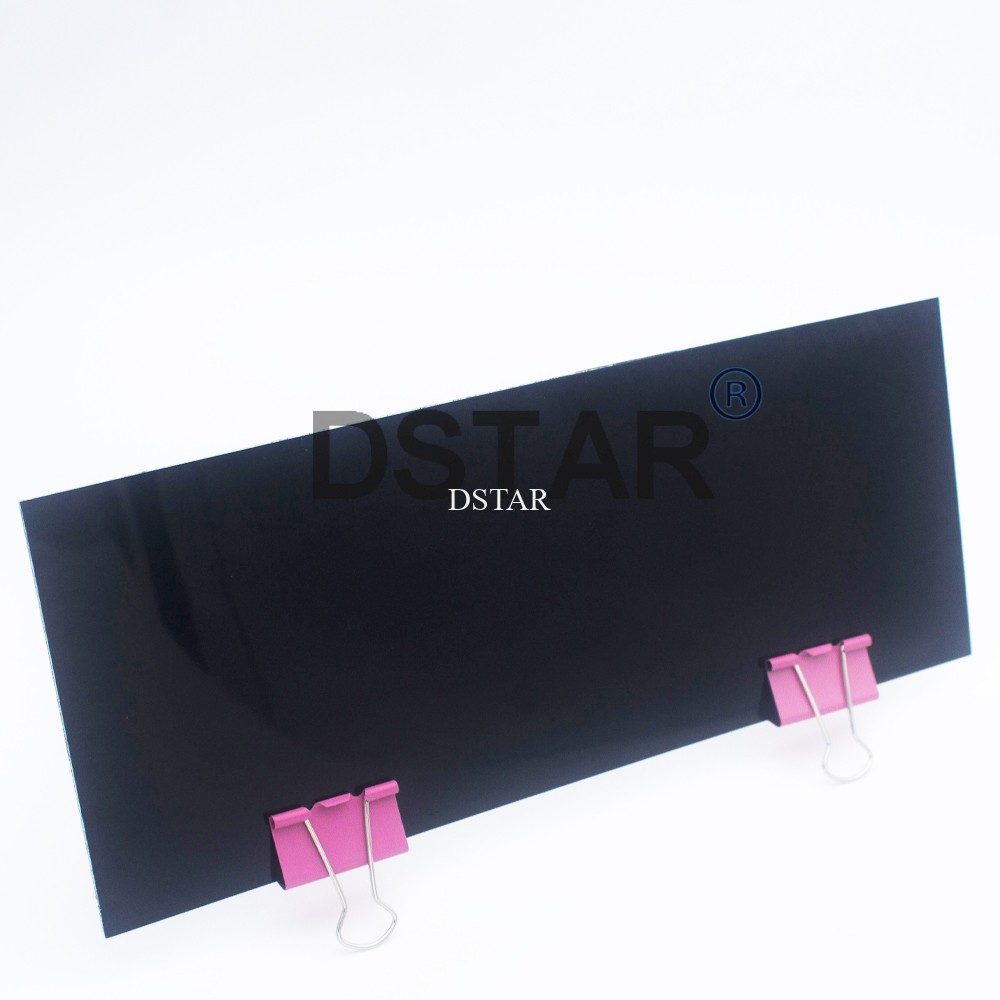
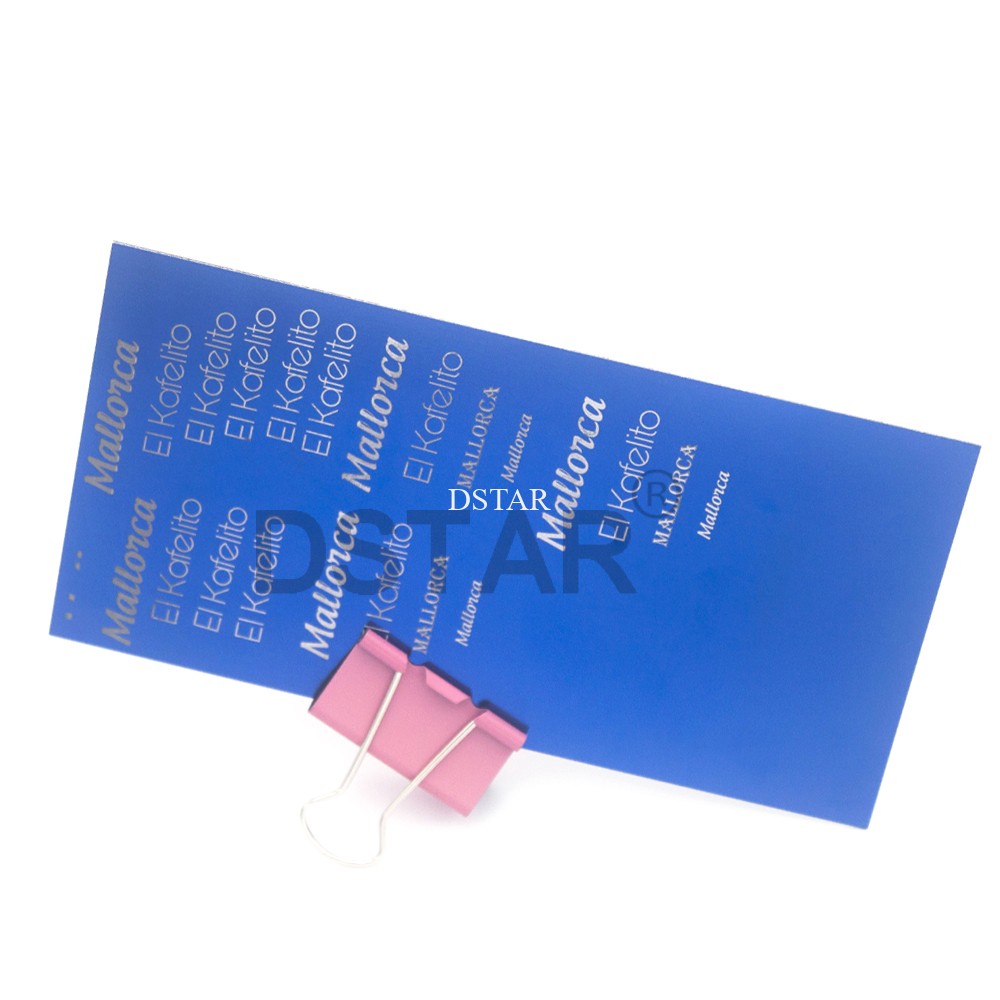
What are the benefits of pad printing?
Padprinting opens up so many possibilities for you to print your messaging onto the tiniest, wonkiest, curviest of surfaces. From golf balls and electrical cables to cameras, Crocs and coasters, pad printing is the solution to most ‘awkward printing’ problems.You can use pad printing to print onto pretty much any material – metal, plastic, glass, even sweets.It’s cheap and easy to operate, making in-house pad printing a realistic option for many businesses.You get a crisp, quality finish on small, irregular and fragile objects, such as tiny electrical components.It’s ideal for personalising merchandise.It’s great where you need to print detail onto a small object, such as instructions or intricate graphics.You can work with multiple colours.
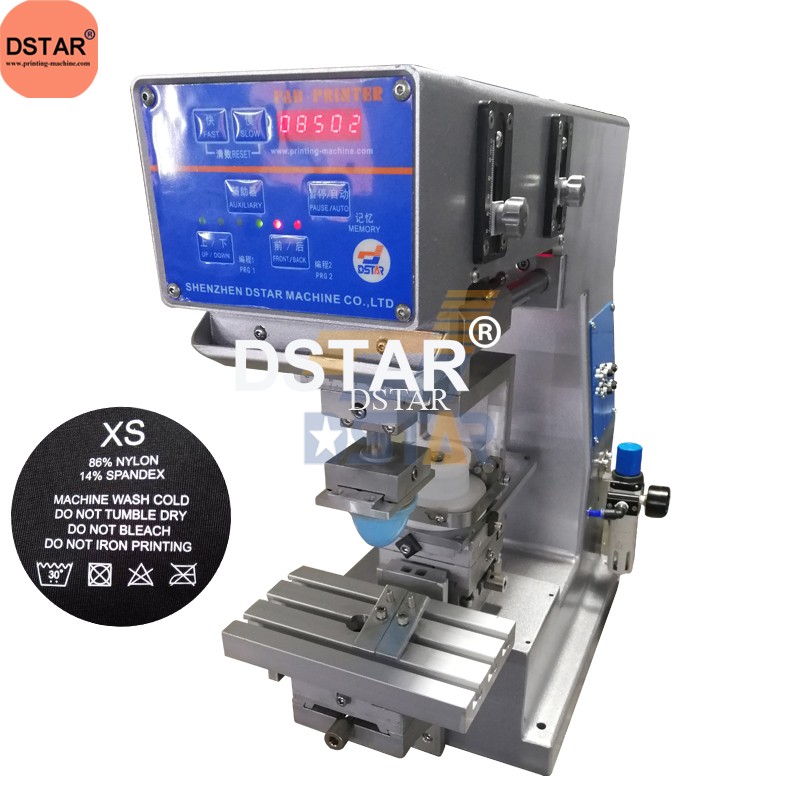
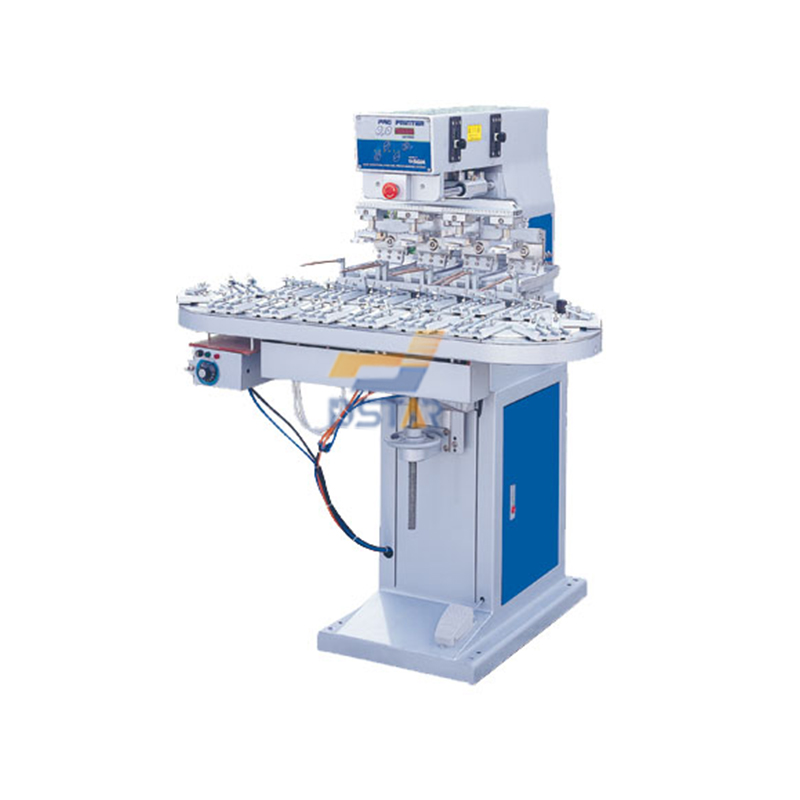
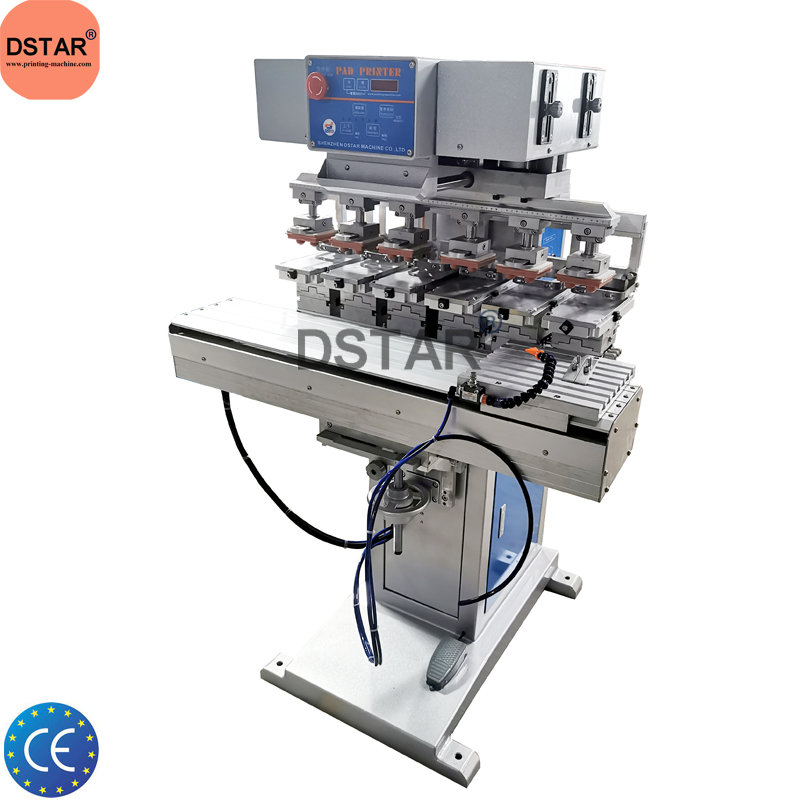
Are there any disadvantages to pad printer?
So padprinting could be the miracle cure for many of your printing headaches, but there are drawbacks, so it’s useful to have another solution on hand.It’s a slower and more involved process than some printing techniques.It’s limited in its printing area. You can use it to print small images/messaging onto large objects, but you’re restricted if you want to print over a large area.If you’re printing large blocks of colour, you might get some tonal inconsistencies, with some pad printing machines.
What can you use pad printing for?
The ability of even entry-level pad printers to navigate their way around the curves and contours of the most irregular of objects makes pad printing ideal for tiny objects like micro-components, connectors, keyboard and calculator keys, as well as awkward shapes like ping-pong balls, bottle tops and shoe-horns.The technique is particularly useful for printing company logos onto promotional gifts. The low cost and accessibility of pad printing has made it a competitively-priced way for businesses to ‘mass-personalise’ their corporate giveaways.So many products are suitable for pad printing:Keyrings…to name but a few!
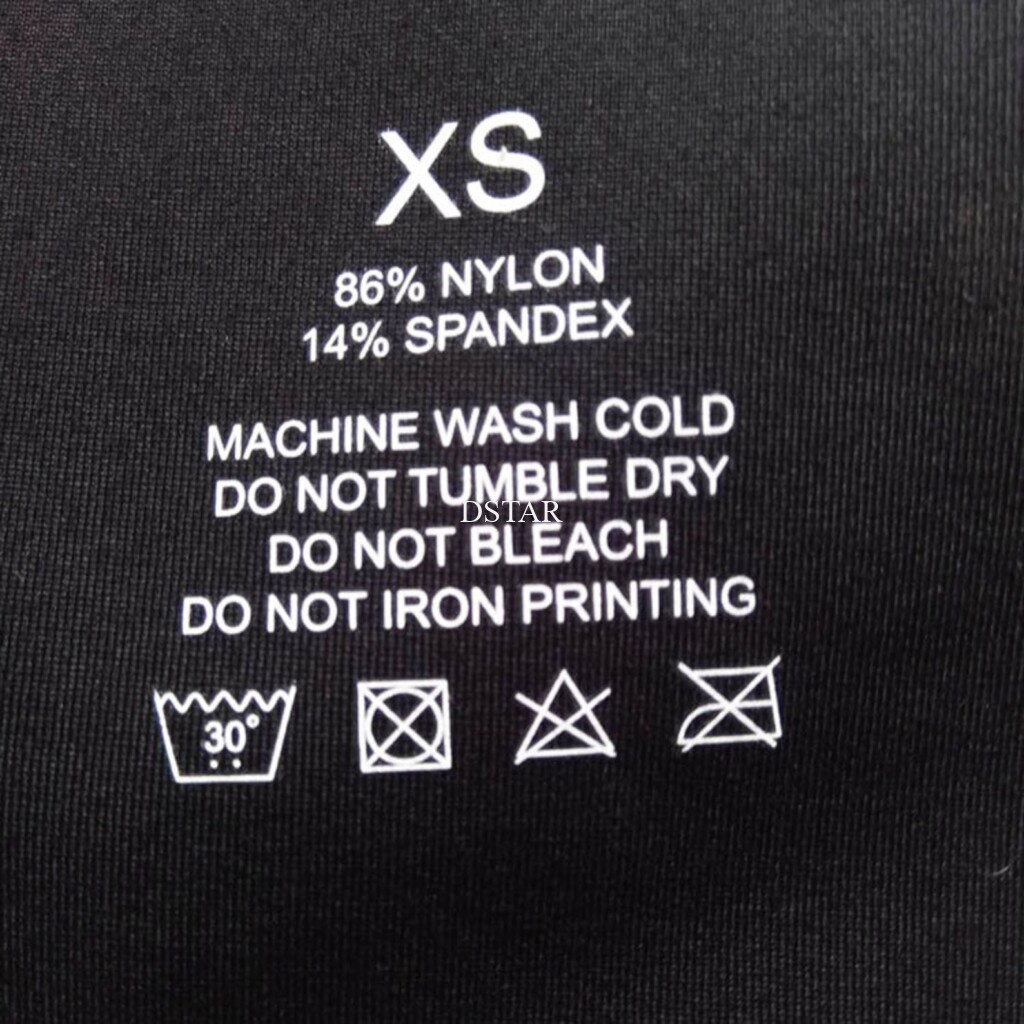
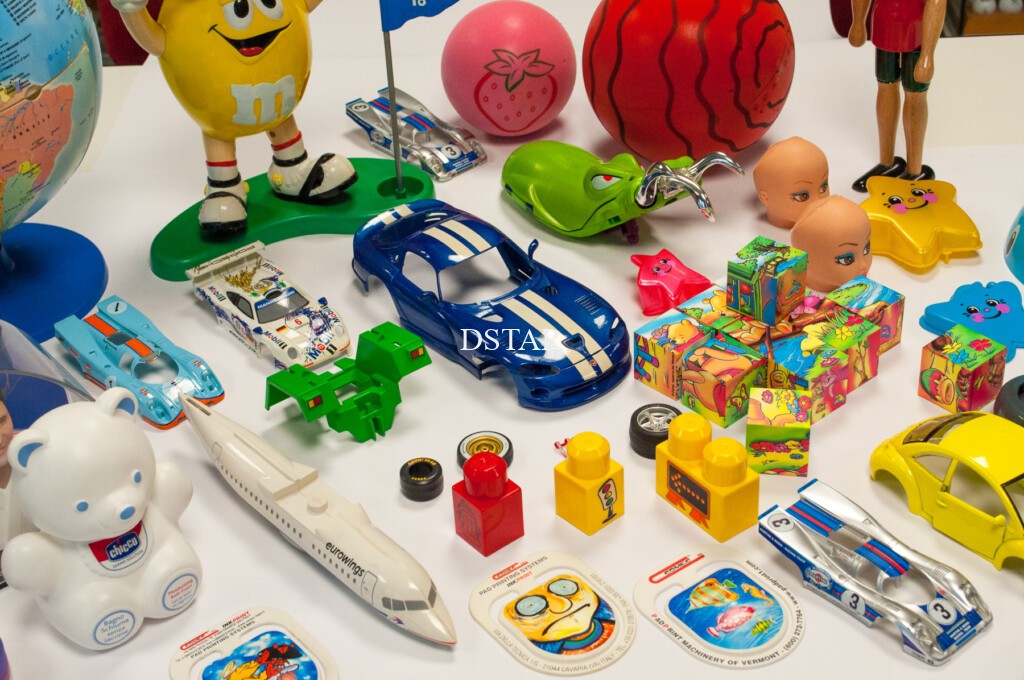
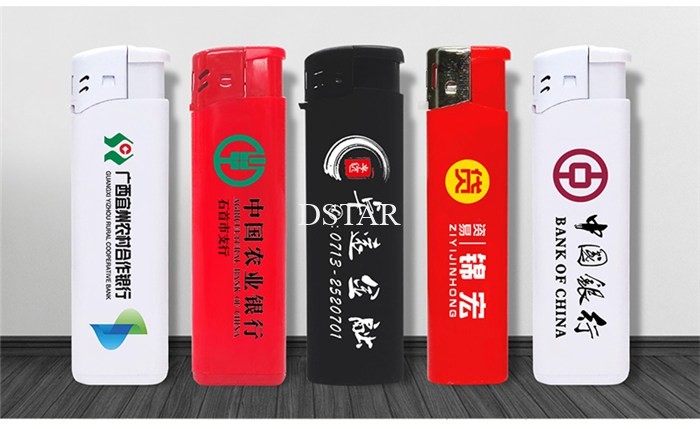
How does pad printing compare to screen printing?
Firstly Screen printing , which involves the transfer of ink through a screen/mesh and ink-blocking stencil, is a longestablished commercial printing method. The material to be printed on is placed below the screen, and the ink is pressed through the open areas on the stencil, using a roller or squeegee.You can use screen printing to print onto all sorts of materials, including fabric – it’s very popular for printing designs onto Tshirts and canvas bags – paper, metal and wood.It’s really effective for larger-scale projects, and the results are detailed and sharp, with great colour saturation and opacity, so you get a thick covering with no sight of the underlying material.
As with pad printing, it’s possible to print with multiple colours, which have to be applied separately.Advances in screen printing technology mean that some machines will screen print onto both flat and round objects, with a fantastic output of over 500 pieces an hour.
Padprinting isn’t any better or worse than screen printing. Like many choices, when you’re deciding between pad and screen printing, it’sall about choosing the right technique for the job at hand.While it’s great for the large designs and big spaces that pad printing just couldn’t cope with, screen printing isn’t really suitable for irregular objects or jobs requiring small, fine detail.
This is where pad printing comes into its own.Pad printing also has the advantage of being cheaper and easier to set up than most screen printing projects.Looking for print advice? Thinking about buying screen or pad printer for sale ? Please do get in touch with DSTAR Machine . One of our expert team will be pleased to help.
 DSTAR machine
DSTAR machine
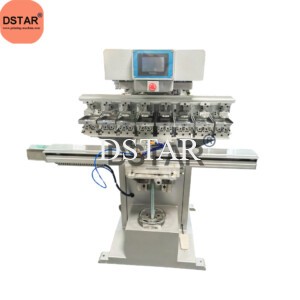
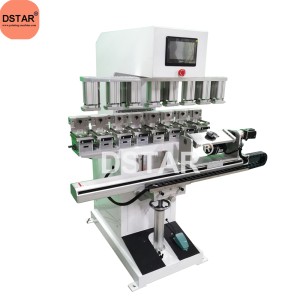
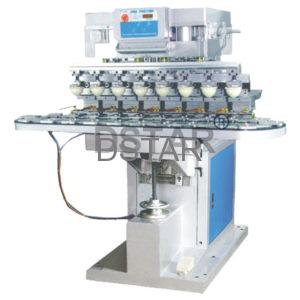
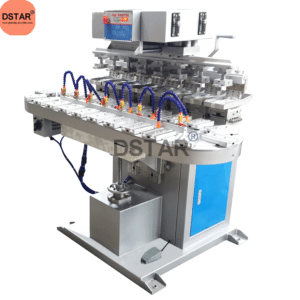
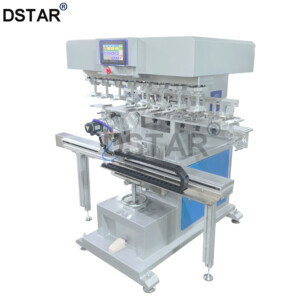
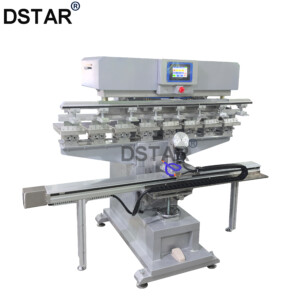
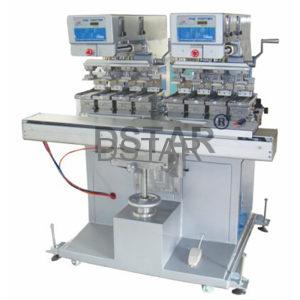
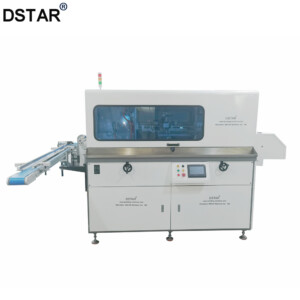
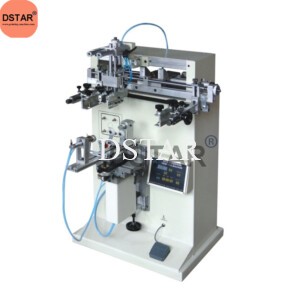
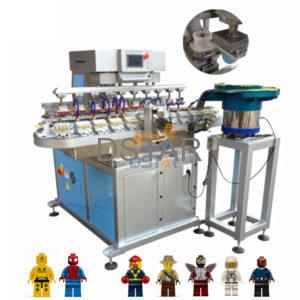
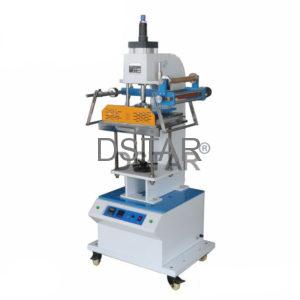
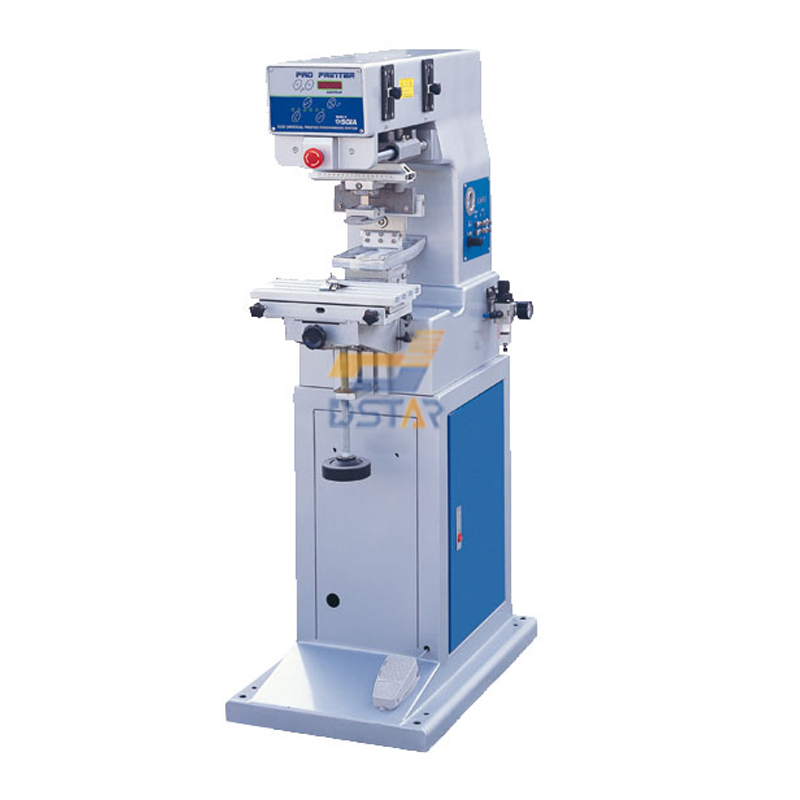
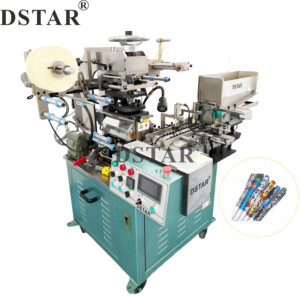
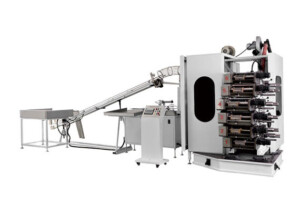
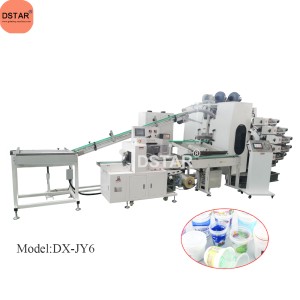

WeChat
Scan the QR Code with wechat